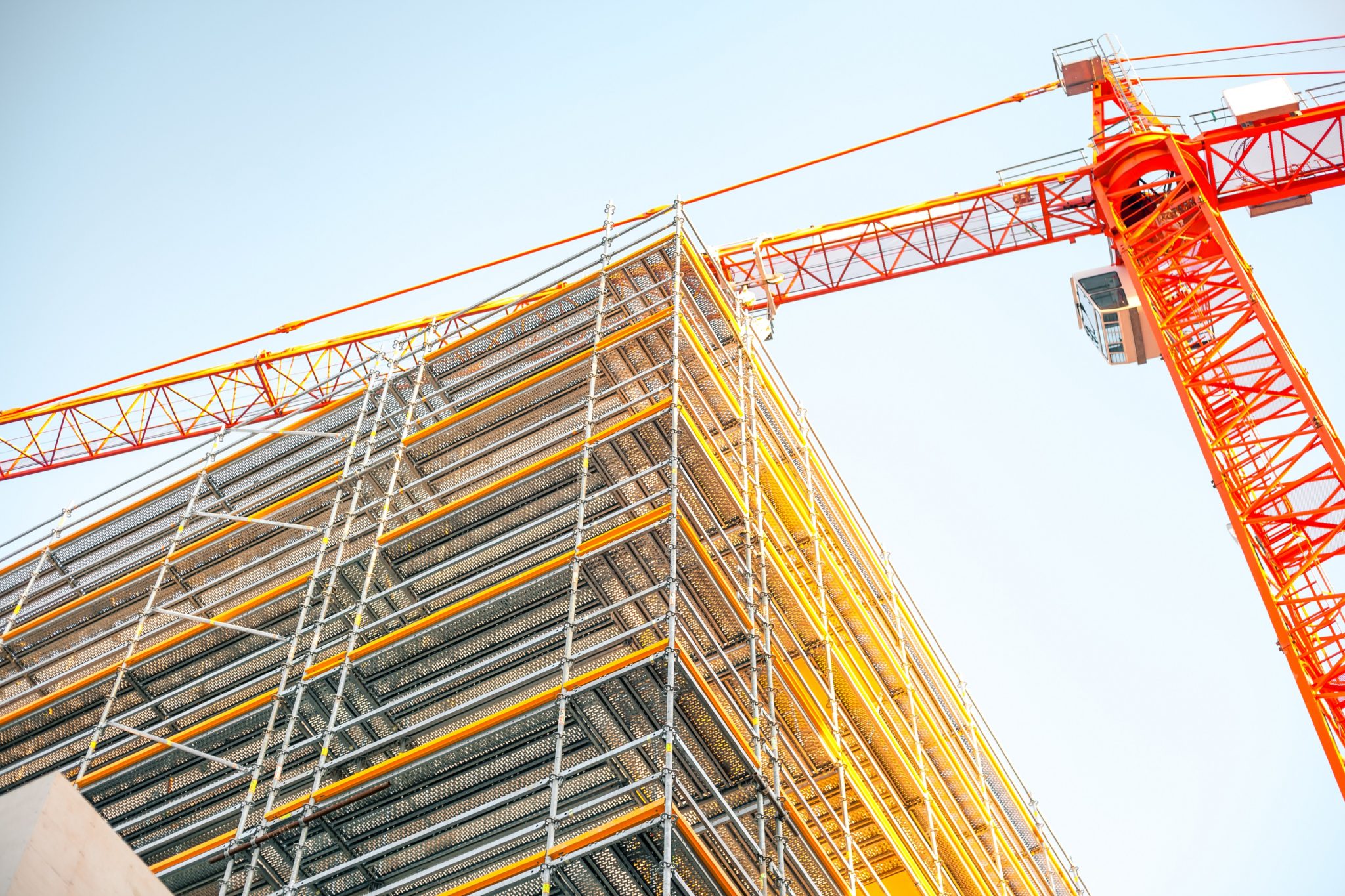Regulatory Outlook | Health and Safety | July 2019
Published on 18th July 2019

Current issues
HSE publishes fatal injury statistics
The HSE has published its annual figures, which show that there were 147 deaths at work in 2018/19 (as reported under the RIDDOR regime). This is broadly in line with the number for the past five years.
The majority of fatalities are caused due to falls from height (40) and the movement of vehicles (30), so both will remain an area of focus for the HSE. The majority of deaths were in the agriculture, forestry and fishing (32), construction (30) and manufacturing (26) sectors.
A total of 92 members of the public were killed in 2018/19 as a result of a work-connected accident. Of these deaths, about a third (32) occurred on railways and a further 23 occurred in the health and social work sector.
Fire Safety Review: what's the current status?
The report from Phase 1 of the public inquiry into the fire at the Grenfell (which focussed on what happened on the night of the fire) is expected by October this year. The second phase considering the wider circumstances that led to the tragedy is now underway.
In the wake of this inquiry and specifically following the government's acceptance in full of the recommendations of Dame Judith Hackett's independent review on fire safety and building regulations, we anticipate that parliament will debate new legislation next year; although possibly implementation may not be until 2021. It is expected that new duty holders will be created and that there will be much tighter obligations on coordination and the provision of building information.
Working at height hazards
Despite being an obvious risk, falls from height continue to be a major cause of injury and fatalities in the workplace. The All-party Parliamentary Group on working at height published its report earlier this year. Whilst the primary legislation was considered to be fit for purpose, its recommendations bring a renewed focus on this issue.
The report recommended:
- Enhanced reporting under RIDDOR to provide full details of the fall.
- An independent body to allow for confidential reporting of near misses and accidents that are not RIDDOR-reportable.
- An extension of the Working Well Together campaign beyond the construction sector.
- An equivalent system to Scotland's Fatal Accident Inquiry process.
Perhaps the most likely of these to gain traction is the enhanced reporting, since the effect of a slimmed down regime under RIDDOR has meant that the capture of detailed data has been lost.
It is unclear what a new investigating body would achieve over and above the HSE or why it should be exclusive to falls from height. Interestingly, one of the areas for further consultation outlined was the creation of a digital technology strategy including tax relief for small firms.
It is clear that working at height is perceived as not being adequately managed. Reports such as this, when aligned with responsibilities to design out work at height and the advent of accessible technology such as drones, rightly demonstrate an expectation that organisations can be doing more to control this risk.
In Focus | Regulatory powers and trends
Who are the regulators?
The primary regulator is the Health and Safety Executive, although the police, local authorities and sectoral regulators such as the Office of Rail and Road may be involved in relation to safety incidents.
Where an incident has resulted in a death, the Police will have primacy of the investigation until relevant safety-related offences (corporate and/or gross negligence manslaughter) have been ruled out, following which they will continue to gather evidence for the Coroner.
Safety related offences are criminal and are investigated depending on the industry sector in which they occurred. Broadly, local authorities are the main enforcing authority for retail, wholesale distribution, warehousing, hotel and catering premises, offices, and the consumer/leisure industries. The ORR regulates the rail industry's health and safety performance and is also the monitor of Highways England, with the HSE broadly having responsibility for the remaining industry sectors (such as manufacturing and agriculture).
Do they have powers to compel businesses to hand over documents?
The Police can seize documents/articles as evidence of an offence, but this often requires a warrant. Local authorities, the HSE and the ORR (which have the same powers under the Health and Safety at Work Act 1974) have powers (when lawfully on premises) which include inspection and copying of documents, taking measurements, photographs and samples and the power to seize and destroy in certain circumstances. These authorities also have the power to compel witnesses to answer questions, with failure to do so being an offence.
Do they conduct dawn raids?
Most investigations follow an incident (although there may not necessarily have been any injury), so attendance by enforcing authorities will often be expected. However, the HSE and other authorities do have the power to enter premises at any reasonable time to inspect health and safety compliance.
Are they able to bring criminal prosecutions (and do they do so)?
Yes. Prosecutions following Police investigations are brought by the Crown Prosecution Service, but the agencies enforcing health and safety prosecute in their own right.
Do they bring prosecutions against individuals?
Yes. In addition to the offence of gross negligence manslaughter, there are safety offences specific to individual employees and a further offence for those with management responsibilities, such as directors and senior officers.
Is there a self-reporting / leniency regime?
No. There is no self-reporting regime, and no general obligation to report a breach. However, certain health and safety incidents have to be reported and where this is the case, it is an offence not to do so.
There is no leniency regime as such, but cooperation with enforcement agencies post-incident is a sentencing consideration.
Are there any plans to introduce new powers (or use existing powers differently)?
There are no specific plans. However, in recent years, the Police have become much more engaged in the investigation of work related safety incidents. The HSE has also increased the number of investigations and resulting prosecutions of individuals.
Are there any areas of new technology that are a particular focus of regulatory attention?
Drones are increasingly used (and expected to be used) to eliminate or reduce work at height, particularly where visual inspections are required. The European Commission has adopted EU rules to apply to all operators of drones, with guidance due to be published later this year.
How has digital transformation affected the regulators' own behaviours?
As well as the application of technology to minimise exposure to risk, the way in which health and safety issues can be monitored, for instance through real time metrics and then better management of that data to inform control measures, will undergo a step change in the coming years.
One knock-on effect of the safety improvements that digital transformation can bring is that there is likely to be a subtle shift upwards to the benchmark of what may be reasonably practicable for employers to do to control the risks of their business.



